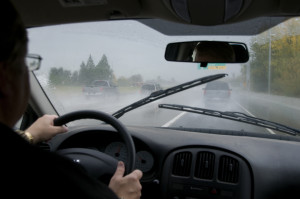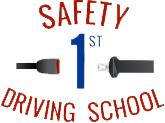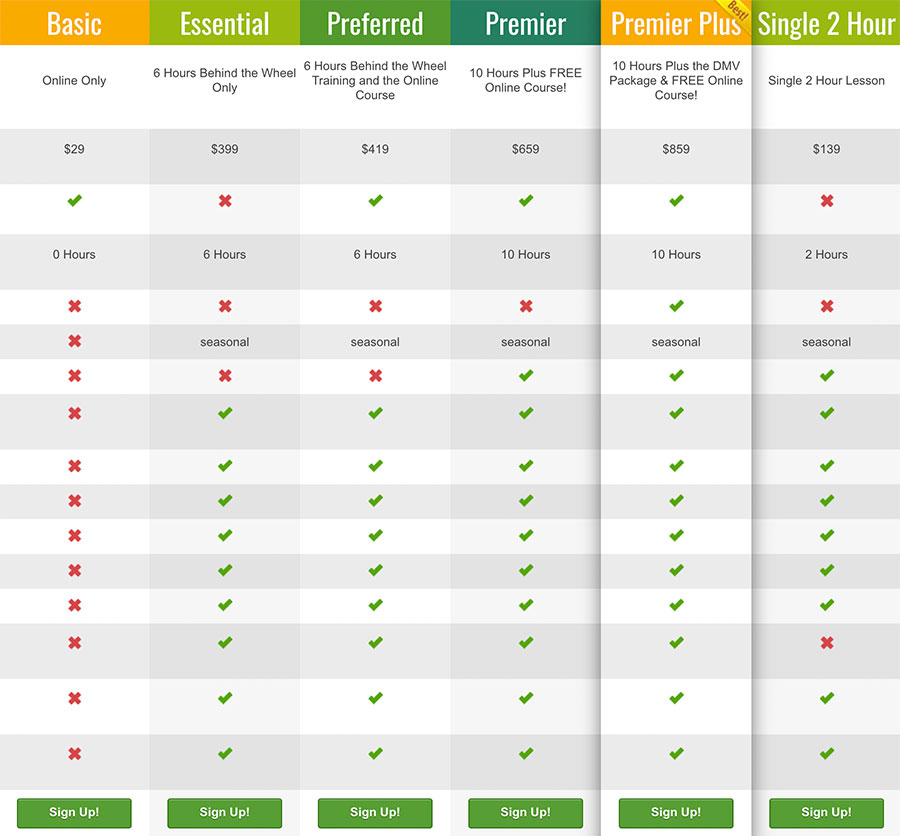An El Niño weather pattern has been predicted for the United States this winter. It could be one of the strongest in U.S. history, according to some reports. The effects are expected to last through February.
According to U.S. News,
El Niño occurs when a shift in winds leads to warmer water in the eastern portion of the Pacific Ocean than usual. This typically and eventually brings rain from the Pacific to North America.
Here’s a brief video to help you understand El Niño:
Many Southland residents are rejoicing at the thought of rain to help alleviate the drought, but with more rain comes the risk of flooding and mudslides, so it is important to prepare. Click here for some tips on preparing your home for El Niño.
It’s not only important to prepare your home, but to be aware of safety concerns while driving in rainy conditions. Orange County doesn’t get much annual rainfall, but when it does rain it is often heavy rainfall, accompanied by heavy winds.
Here are our driving tips for the El Niño winter:
Inspect Your Vehicle
- Check your tires. It is important to have tires with good tread on them, as wet roads can be slippery and you’ll need good traction. Your tires should have at least 50% of tread life in them in order to maintain contact with wet roads. If they don’t, it’s time to replace them. Also, check your tires to be sure they are inflated properly. Underinflated tires won’t provide good traction and can result in hydroplaning.
- Replace your windshield wipers. This is an inexpensive precaution that can have a big impact on your safety. Visibility is key when driving in rainy conditions. You don’t want to find out the hard way that you need new wipers!
- Check your brakes. Wet roads make the importance of having good brakes even more crucial. Have your trusted mechanic inspect your brakes and replace worn brake pads right away. Be aware that cold, wet brakes don’t function as well as warm, dry ones, so drive cautiously: keep your speed down, your eyes on the road, and increase your following distance so you have plenty of time to respond.
- Check your lights. Rainy season (and winter) means fewer daylight hours. And if it’s rainy, it’s always a good idea to have your headlights on. Make sure your headlights and tail lights are working so that other drivers can see you clearly, and see when you’re stopping ahead of them.
- Check your battery. If your car battery is 3 years or older, have your mechanic check it. If it’s 5 years or older, consider replacing it before it fails.
Driving in Wet Conditions
 Keep a safe distance between yourself and other cars. A good rule of thumb is at least 2 car lengths’ distance.
Keep a safe distance between yourself and other cars. A good rule of thumb is at least 2 car lengths’ distance.
Follow posted speed limits, and go slower when the roads seem slippery.
Always use your turn signal. Visibility is poor in rainy conditions, so be helpful to other drivers by always signaling for turns and lane changes.
Take turns with caution. Wet roads and tight turns don’t mix.
No sudden maneuvers. If you miss a turn, just on until you can safely turn around.
Keep your headlights on when it rains. Again, visibility for yourself and others is crucial to safety in rainy conditions.
Always wear your seat belt.
Keep music to a lower volume. That way you can hear skidding, horns beeping, or sirens. You need to keep all your senses running at optimum capacity in hazardous conditions.
Remove all distractions and focus on the road. No cell phone talking or texting, no loud music, no fiddling with the stereo, no eating, etc. Keep your hands on the wheel and your focus on the road.
Drive defensively. Anticipate what drivers around you might do and be proactive. Be cautious and patient with other drivers.
Other safe driving tips:
- Do not use cruise control in wet conditions.
- Be aware that it only takes a fraction of an inch of water to cause hydroplaning.
- It only takes 6 inches of water to float a car.
- If you skid, put on the brake and turn your wheel in the direction you want to go.
- Accelerate slowly and decelerate slowly.
- Put an emergency kit in your car. Include snacks, water, matches, a first-aid kit including a pocketknife, blankets, warm clothing such as hats and mittens, a tow chain or rope, a fluorescent distress flag, and a flashlight and battery-powered radio, with extra batteries for both.
- Make sure your cell phone is charged when you go out in rainy conditions, in case you need to call for assistance. If you have a car charger, bring it with you.
(Source: Nerd Wallet)
Stay safe this winter!


